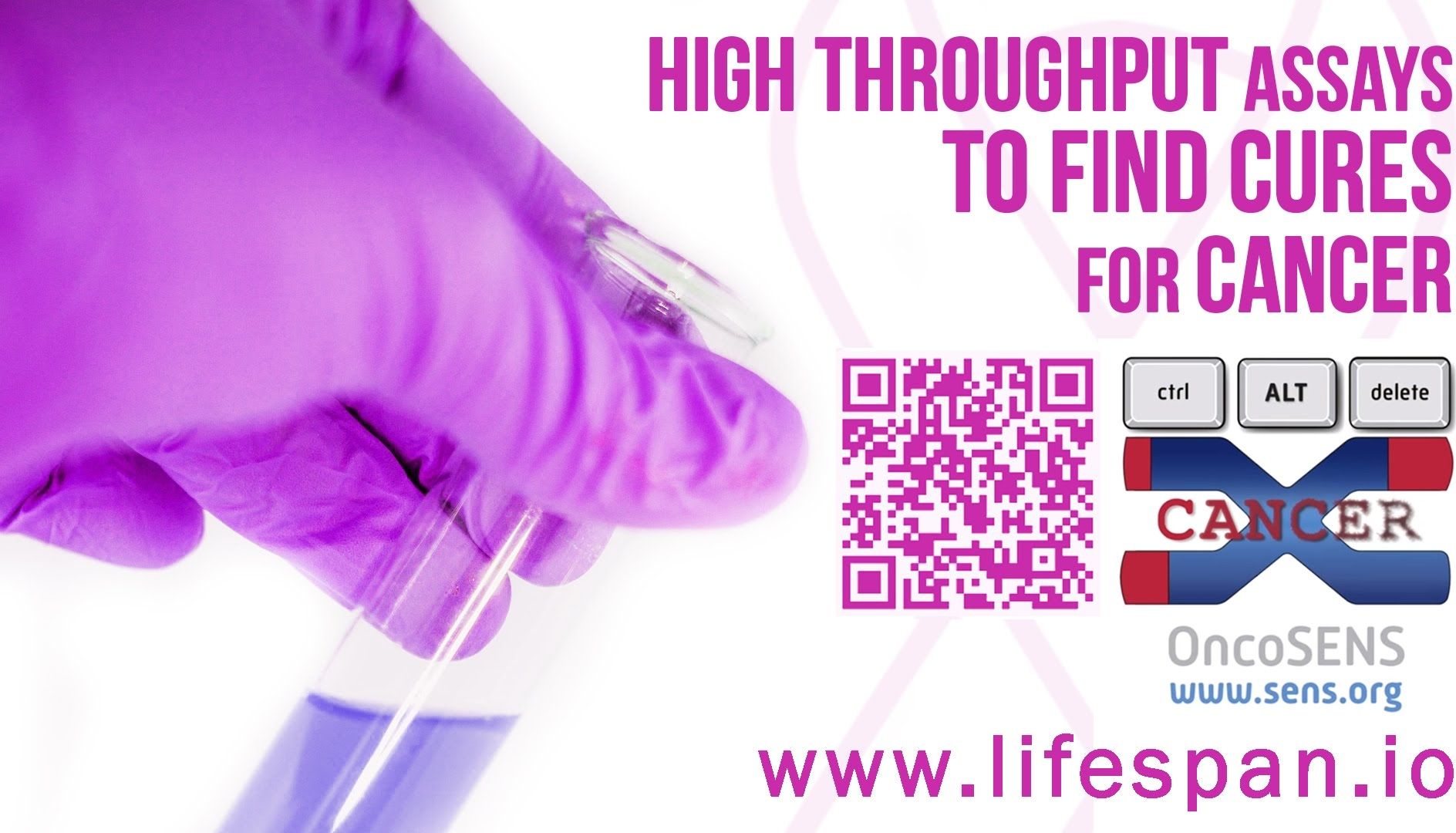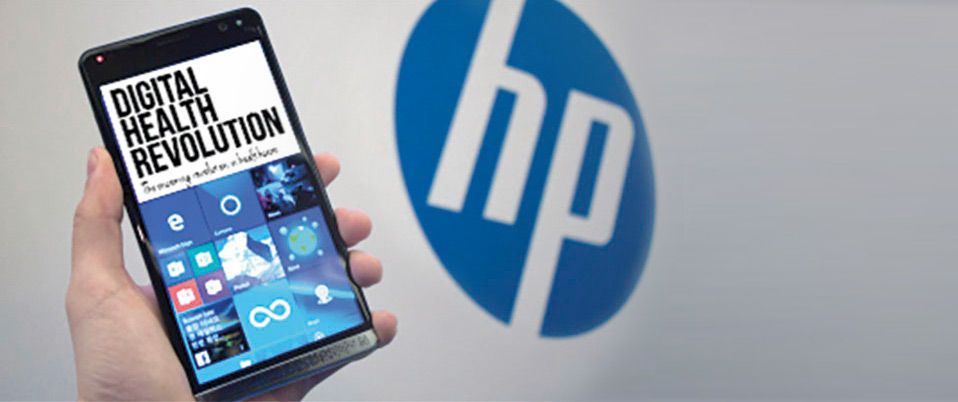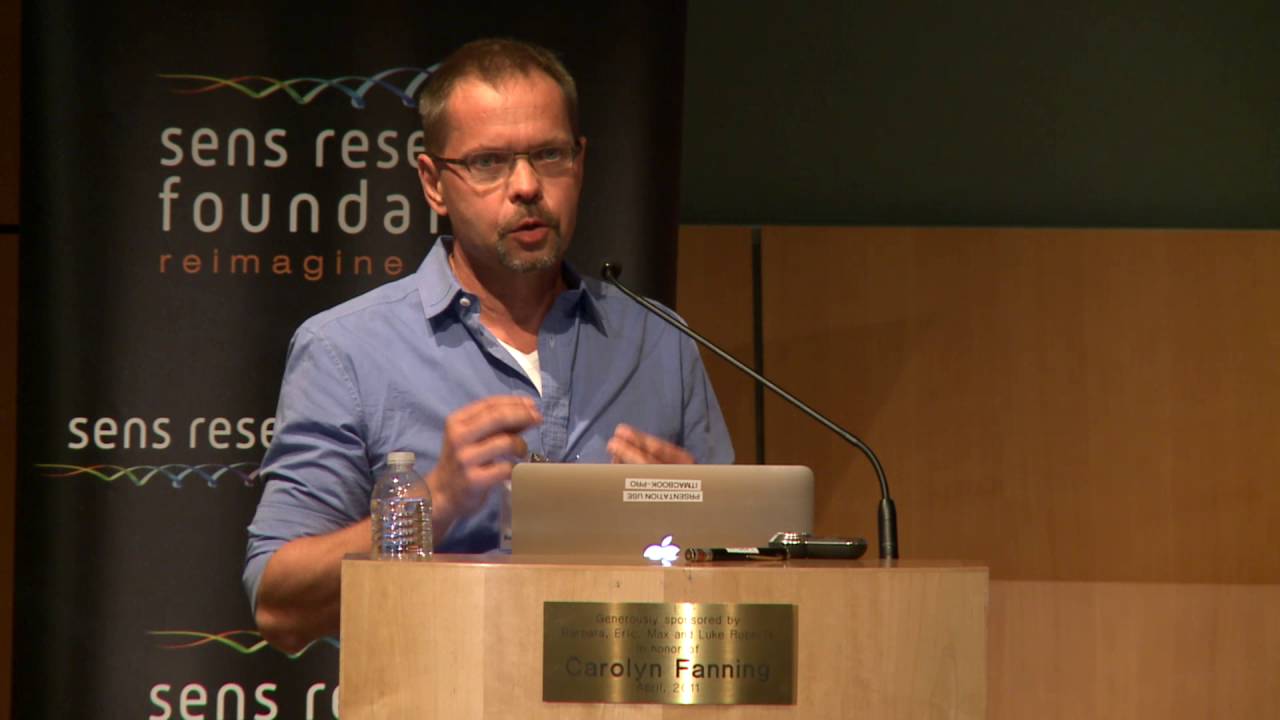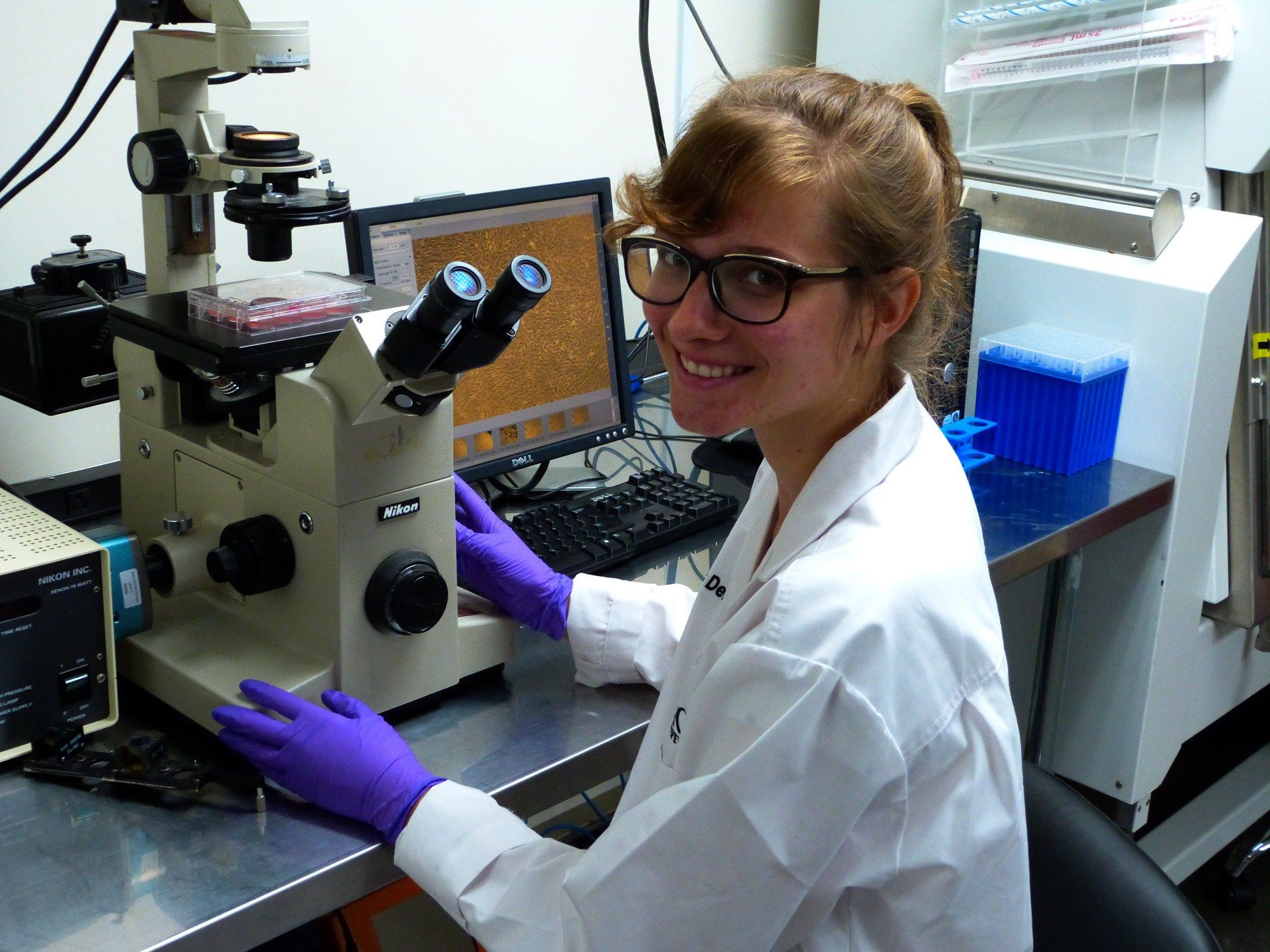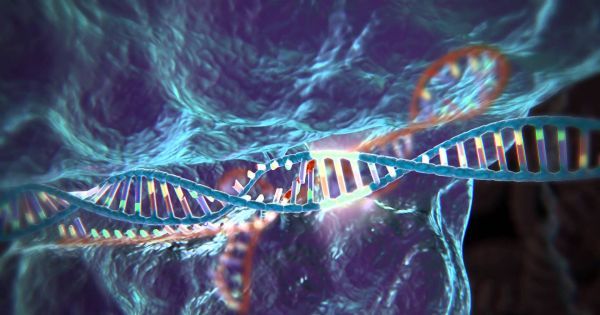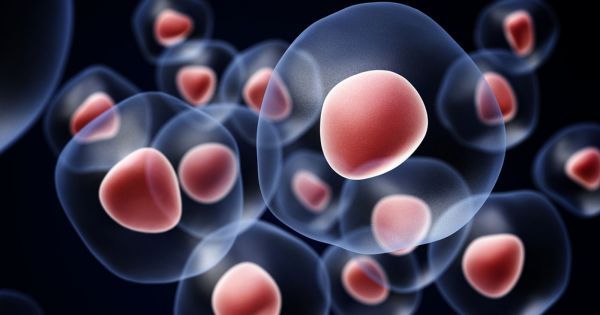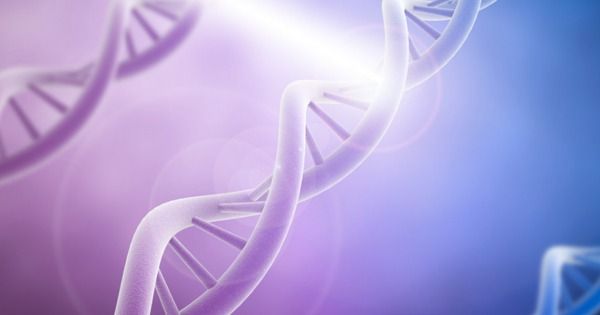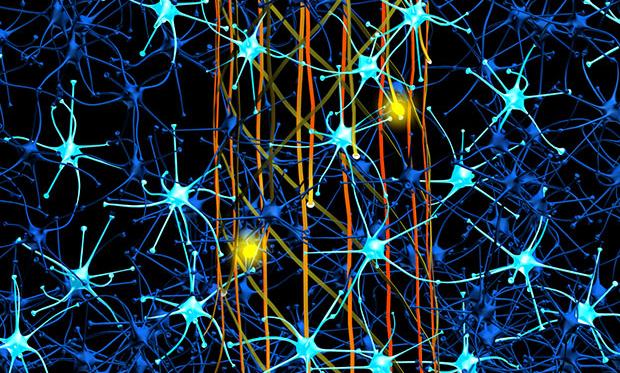https://www.youtube.com/watch?v=T4U6qvNt81E&feature=youtu.be
The MMTP has recorded this film in support of SENS Research and their quest to find solutions to ALT cancer.
To support OncoSENS project with a donation click the link:
https://www.lifespan.io/campaigns/sens-control-alt-delete-cancer/
Telomere shortening acts as a biological mechanism for limiting cellular life span. Most cancer cells bypass this failsafe by synthesizing new telomeres using the enzyme telomerase.
Several therapies targeting this well-described telomerase-based pathway are in the advanced stages of clinical development, but as with any cancer therapy there is the potential for development of resistance against telomerase-based strategies to defeat cancer. Studies using mice and human cancer cell lines have demonstrated that cancer can overcome the loss of telomerase by using a telomerase-independent mechanism called Alternative Lengthening of Telomeres (ALT).
Furthermore, tumor cells have also been observed to switch over to the ALT pathway as a result of telomerase-inhibiting treatment.
From 10 to 15% of all cancers are ALT-dependent — and incurable, because there are currently no ALT-targeted anti-cancer therapeutics.
OncoSENS is a high-throughput screening of a library of diverse drugs to find treatments for ‘ALT’ cancers, those which rely on Alternative Lengthening of Telomeres.
